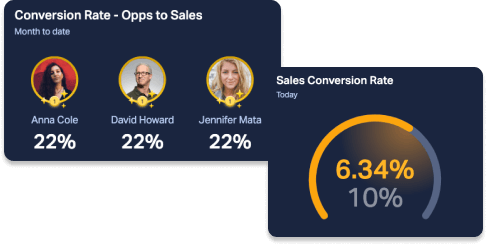How to increase your Sales Conversion Rate
If you’re dissatisfied with your Sales Conversion Rate – for example, you want to increase your rate from 15 to 20 percent – it’s vital to know your ICP, or ideal customer profile, so you can make decisions tailored to the types of customers you’re trying to attract.
Understanding your target customer
Your ideal customer profile is, in short, the person or company you want to purchase your product or service. You determine your ICP based on what your product or service is, and the research you’ve done to determine its demographic market niche. In other words, who is your product or service for? Once you can answer that question – and back it up with data – you have your ICP.
To increase your Sales Conversion Rate, it’s best to optimize your efforts to target your ICP. Bear in mind that as your product or service develops and evolves, your ICP might also evolve. Needless to say, targeting your sales and marketing efforts on an outdated demographic that no longer aligns with your product / service’s intended audience will result in disappointment.
So it’s important to ask – based on your product or service in its current form, is your ICP still accurate, or has it evolved? Do you have specially targeted sales and marketing strategies to reach your ICP, or are you shooting in the dark?
Questions to ask about Sales Conversion Rate
Another way to increase your Sales Conversion Rate is to ensure your product or service is optimized for the market to begin with. With your ICP in mind, does your product or service fill its intended niche? Or does it have a more popular appeal? Is it overpriced? Does it have a high churn rate? These are all questions to ask yourself about your product’s market viability and consumer appeal. Answering these questions and capitalizing on these findings will help you increase your Sales Conversion Rate to a desired level.
Other KPIs similar to Sales Conversion Rate include:


